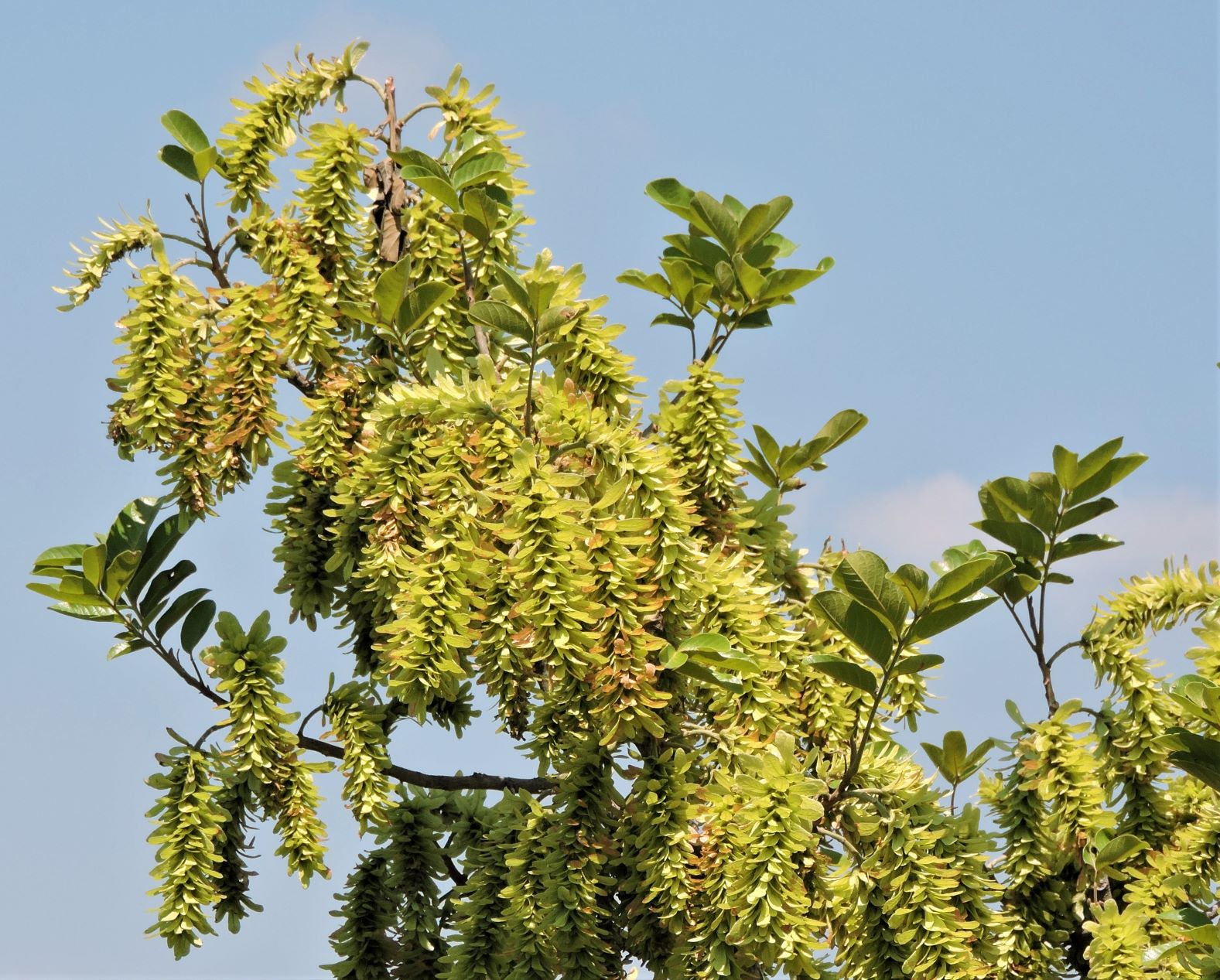The Indo-Burma ecoregion, renowned for its rich biodiversity, has undergone significant topographic transformation due to the lateral displacement of the Indochina Peninsula. Despite its biological significance, the spatiotemporal patterns of evolution in this region have remained poorly understood.
The Engelhardia spicata complex, a widely distributed group of trees across tropical and subtropical Asia, served as an ideal model to investigate these patterns due to its presence across diverse elevational gradients.
In a study published in American Journal of Botany, researchers from Xishuangbanna Tropical Botanical Garden of the Chinese Academy of Sciences uncovered how the complex topography of the Indo-Burma region has driven the evolutionary history of the Engelhardia spicata complex, a representative group of walnut trees (Juglandaceae).
The researchers conducted an extensive phylogeographic analysis of the Engelhardia spicata complex. They collected 778 samples from 80 populations across the Indo-Burma region and southern China, covering major landforms such as the Hengduan Mountains, Yunnan-Guizhou Plateau, etc.
Using five chloroplast DNA fragments and one nuclear gene, the researchers reconstructed the phylogeny, estimated divergence times, inferred ancestral distributions, and analyzed elevation-related divergence.
The results showed that the Engelhardia spicata complex underwent a clear phased differentiation.The ancestor of the Engelhardia spicata complex was distributed in the low-elevation region, with subsequent vicariance and dispersal events shaping its current distribution pattern.The Engelhardia spicata complex diverged from its sister lineage, Engelhardia hainanensis, approximately 32.16 million years ago (Ma) in the Early Oligocene.
The evolutionary splits corresponded directly to the formation of a distinct three-tiered landform of the region: the high-altitude northern zone, the mid-altitude central plateaus, and the low-altitude southern mountains.
“Our study underscores the importance of understanding the complex interplay between geology and biology and provides a valuable framework for reconstructing biogeographic patterns across Southeast Asia,” said LI Jie of XTBG.
The study was selected as a highlight article by the journal’s editor and promoted on platforms such as the Botanical Society of America.

Engelhardia spicata (Image by MENG Honghu)
First published: 28 July 2025

